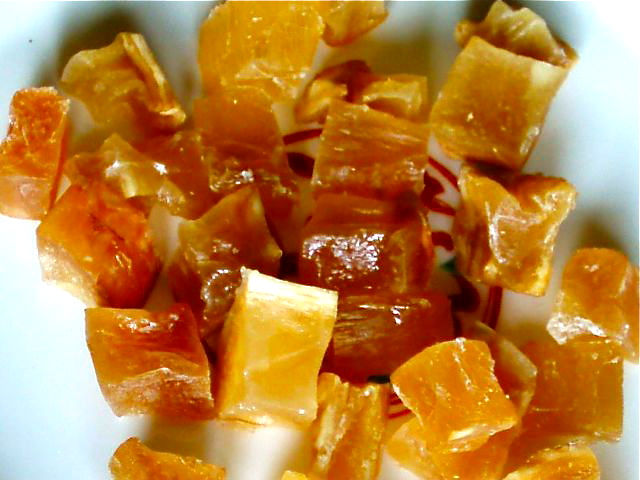
reference-image, l
(post, Linda Ziedrich)
Four consecutive days of below-freezing temperatures recently put an end to the remains of my vegetable garden. As in many years past, I was late in digging carrots and setting up plastic tents over the greens (which might actually have survived if I’d included an electric heater, set on high). After three days of bitter cold, I dug up the carrot bed, in frozen chunks six inches deep, and set the blocks in the garage to thaw. I also dug up two enormous bulbs of Florence fennel, the kind sold in stores as anise (which it isn’t) or finocchio (Italian for “fennel”). The bulbs were frozen through. I set the fennel in a big bowl on the kitchen counter for a day and a half, until the bulbs had thawed enough to handle. Then I cut away the outer layers, which had browned a bit. Most of the rest became, with the addition of onion, potato, chicken stock, and sour cream, a big pot of puréed fennel soup. Delicious! It was the best thing I’d ever made with fennel — until two days later. [%image reference-image float=right width=400 caption="Candied fennel cores." credit="Photo courtesy Linda Ziedrich"] I had saved the fennel cores. These were hard, solid, and white, like cabbage cores. The cores of Florence fennel are included in many Italian recipes, although they take longer to soften than the outer layers; I could certainly have cooked them in the soup. But I had been reading Tim Richardson’s Sweets a wonderfully entertaining yet scholarly history of candy. Richardson had made me think how medieval my book The Joy of Jams, Jellies, and Other Sweet Preserves is. All those fruit pastes and syrups started with recipes the Arabs developed, or borrowed from the Persians. These treats became popular throughout Europe in the Middle Ages. My book even includes some recipes for crystallized fruits, which are just preserves with the syrup drained off. To a large extent, The Joy of Jams is about medieval confectionery. But I’d left out candied vegetables. “All kinds of roots and stalks were being candied in England by the sixteenth century,” writes Richardson. They included parsley roots, angelica stalks, lettuce stalks, and stranger foods like sea holly, borage, and bugloss. They also included fennel roots. My fennel had tough, rough, dirty roots, and I didn’t want to risk wasting my time on them. But the cores seemed to hold some promise. So I made a small batch of Candied Fennel Cores. [[block(sidebar). h1.Featured recipe]] The finished candies ranged in color from pale gold to amber. They were firm but not tough, and had a mild but appealing fennel flavor. If you wanted to intensify the flavor, you could add a few fennel seeds to the syrup. I thought about including the candied fennel cubes on a Christmas dessert platter, alongside my candied Asian pears, or in a Christmas pudding, but I didn’t hide them away fast enough. They got eaten almost immediately. I must admit that I got my share. p(blue). Culinate editor's note: This post also appeared on Linda Ziedrich's blog, A Gardener's Table.

reference-image, l